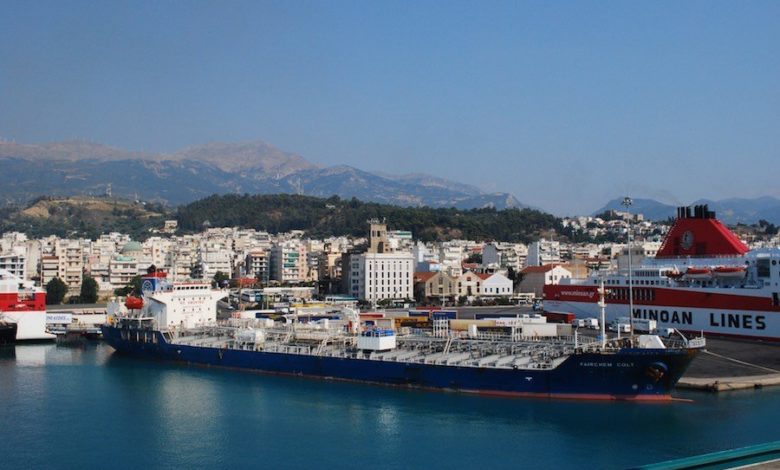‘Quality revolution’ among Greek fleets continues

The annual report into the Greek fleet carried by Petrofin Research shows the world’s top shipowning nation has grown this year, albeit there are a few less owners, while the average age of the fleet continues to get younger.
Greeks made the most of the bargains on offer in 2016, with the number of ships controlled rising 6.5% and 10.26% in deadweight terms.
The Greek fleet now stands at 5,230 ships (362m dwt), up from 4,909 in 2015.
Age for all vessels kept falling and now stands at 12.19, compared to 12.73 in 2015, 13.26 in 2014, 14.05 in 2013 and 14.7 in 2012. Using a 20,000 dwt cut-off, the average age of the Greek fleet has fallen to 8.39, from 8.71 in 2015, 9.14 years in 2014 and 9.83 in 2013.
There are 10 less owners now compared to last year.
Head of Petrofin Research, Ted Petropoulos commented: “There is a clear trend whereby the fleets are getting larger but the number of companies is remaining virtually the same. In all three sectors there is strong evidence of economies of scale at work whilst the age momentum continuously supports younger vessels. Indeed it is remarkable that for the Greek fleet the total number of owners with 20,000 dwt plus vessel fleets is the same at 389 in 2016 as it was in 2003, although the total deadweight has more than doubled from 160.9m in 2003 to 355.9m dwtin 2016. The age drop over the 13-year period has been remarkable from 19.2 years to 8.63 years, which underlines the quality revolution that has taken place in Greek shipping over the period. Similar patterns are demonstrated across the other main sectors as can be observed from the records”, he said.
